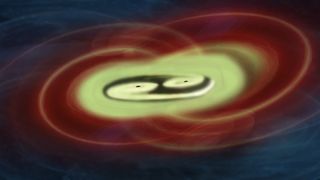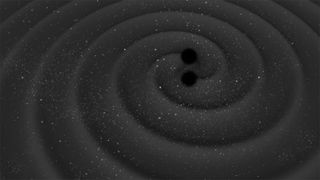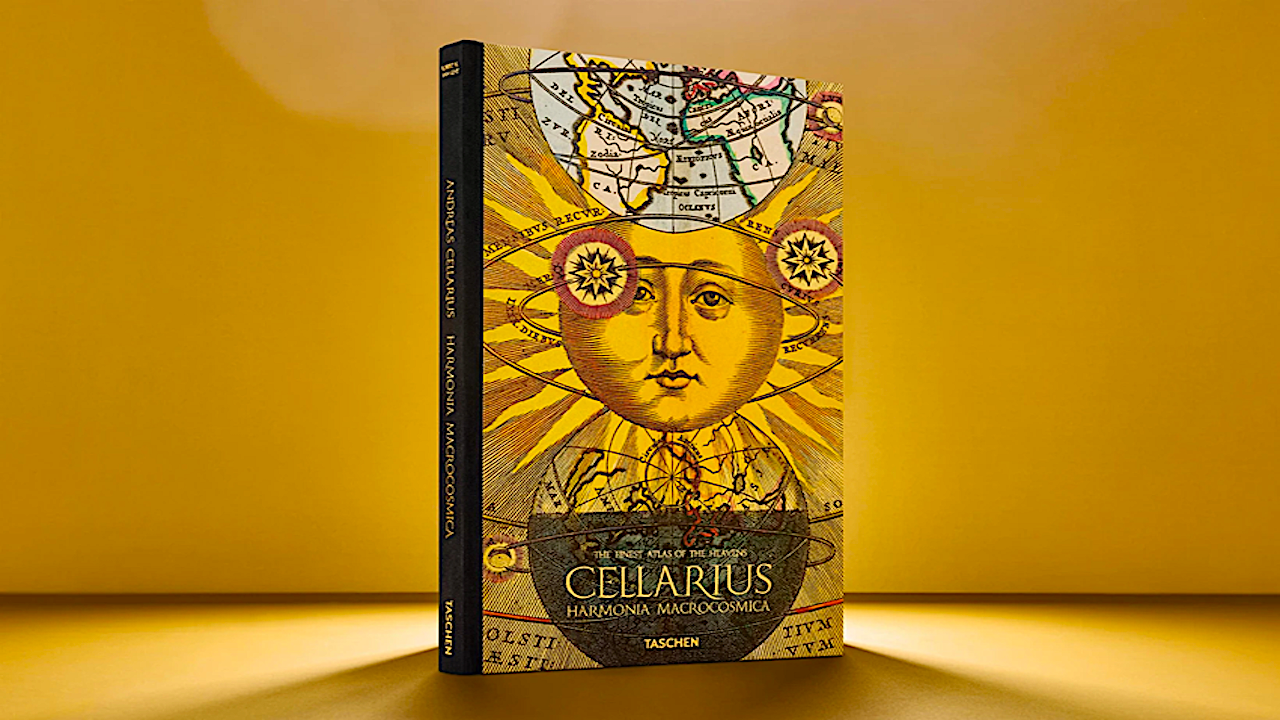Gravitational Waves: The latest discoveries and star crash news
Latest about gravitational waves
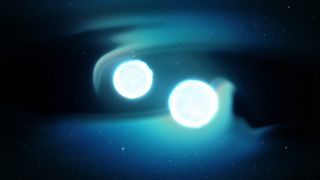
Curious cosmic coincidence could help explain fast radio burst mystery
By Briley Lewis published
Two mysterious cosmic phenomena appeared in the same patch of sky nearly at once, and it may not be a coincidence.
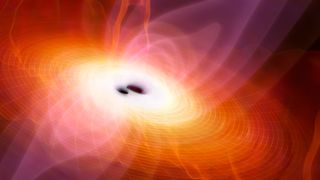
What are gravitational waves?
By Robert Lea last updated
Reference Gravitational waves are tiny ripples in the fabric of time and space that are created by some of the universe's most powerful events such as colliding black holes.
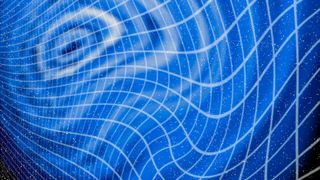
Faint gravitational waves may be from primordial fractures in space-time
By Paul Sutter published
The early universe may have been such a violent place that space-time itself fractured like a pane of glass, releasing gravitational waves that astronomers say we may have already detected.
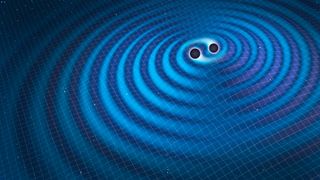
Colliding black holes 'ring' across space-time with gravitational wave ripples
By Robert Lea published
A new model suggests how gravitational waves created by the collision between black holes spread and interact within the fabric of space-time.
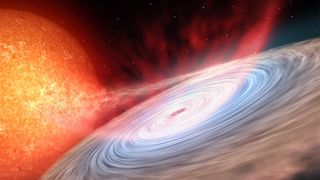
Astronomers poised to hunt new kind of gravitational wave
By Keith Cooper published
The gravitational waves would be weak, but potentially detectable by the next joint observing run of the world's gravitational-wave detectors.
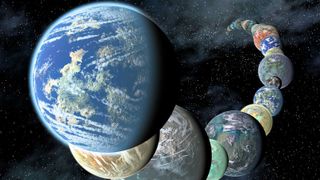
Astronomers can't wait to search for signs of life and massive black-hole mergers
By Briley Lewis published
From black holes to the search for life, scientific breakthroughs are on the horizon as new observatories come online.
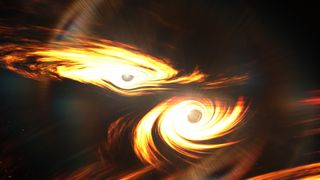
How gravitational waves can 'see inside' black holes
By Paul Sutter published
What lurks at the center of a black hole? Studying the space-time ripples from black hole collisions could reveal an answer.
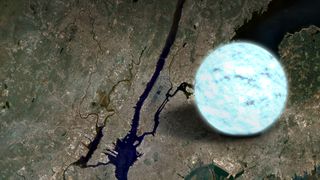
A new approach might help scientists see inside a neutron star
By Elizabeth Rayne published
Astrophysicists tested a potential approach to determining the state of the matter inside a neutron star, a tricky feat.
Breaking space news, the latest updates on rocket launches, skywatching events and more!
